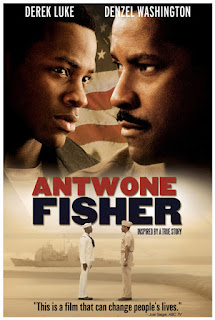Carl Azor
Convergence
Professor
Cacoilo
November 18,
2015
Transmedia Storytelling
Multimedia and transmedia may sound
similar but they are two completely different categories of media. Both use the
same business tactics to reel consumers and followers in. The huge difference between
the two is that transmedia transcends through a plethora of media outlets with
different stories under one umbrella. Multimedia is using
more than one medium of expression or communication to tell one story. Both are
very effective at how they deliver their media as a whole.
“The Matrix is entertainment for the
age of media convergence, integrating multiple texts to create a narrative so
large that it cannot be contained within a single media” (Jenkins 97) . Jenkins’s insight on the Matrix series shows
how impactful an intriguing work can be on various industries. The same is true
for Marvel’s X-Men franchise. The X-Men series started as strictly a comic book
series in 1963. Through increasing popularity, the series made its way to
television. In 2000, X-Men the movie, was released grossing $296 million. Since
then, the X-Men film series has grown to encompass 8 movies, the X-Men
franchise has its own video games, and the franchise has amusement park rides.
According to Jenkins, “every
franchise entry needs to be self-contained so you don’t need to have seen the
film to enjoy the game and vice versa” (Jenkins 98) .
These sentiments are true of the X-Men series. While the TV shows and movies
are based on the original comics in that they include some general storylines
and characters, they also tell new stories of their own. Each X-Men film, is
its own independent movie, therefore viewers can watch any film, at any time,
without having to see the preceding one or have read the comics in order to
understand the current film. These movies also highlight certain popular
characters such as Wolverine in various films that solely follow his story thereby
creating new channels for the expansion of the franchise.
In order to continue the momentum of
the franchise growth, Marvel tapped into the adolescent market. By releasing
high action films geared toward adolescents, they were able to market to an impressionable
audience, who would likely follow the franchise not only on screen, but in
other similar outlets. Gaming is one such outlet that Marvel transcended into,
since it is another area with a large adolescent market. The same is true of
their theme park attraction, Storm Force at Universal Studios. These tactics
create a world for this series that far transcends the world of comic books.
The X-Men comics rose to success due to the fact that the
stories told in them were not only those of fiction, but they also incorporated
current issues faced in society. The fans of X-Men drew parallels to X-Men and
real life issues such as the American battle for Civil Rights. Artist Orion
Martin drew depictions of X-Men characters as African Americans in order to
compare the treatment of the X-Men mutants to the treatment of blacks in
American society (Demby) .
X-Men mutants were shunned by society, as were blacks during the Civil rights
movement. By portraying these social issues by making comparisons to a popular
series, the topic of race relations becomes less taboo, and the comic series
reaches a wider fan base.
While multimedia and transmedia have similarities, transmedia is
a much more powerful category of media because it allows a subject matter to
transcend far beyond its original realm. Transmedia allows a franchise to grow
in order to target new audiences and create additional outlets for their
stories to be given to fans. By allowing fans additional ways of connecting
with one franchise, a heightened sense of loyalty to the franchise is
ultimately created.
Works Cited
Demby, Gene. Who Gets To Be A
Superhero? Race And Identity In Comics. 12 01 2014. 19 11 2015
<http://www.npr.org/sections/codeswitch/2014/01/11/261449394/who-gets-to-be-a-superhero-race-and-identity-in-comics>.
Jenkins, Henry. Convergence Culture.
New York: New York University Press, 2006.


No comments:
Post a Comment